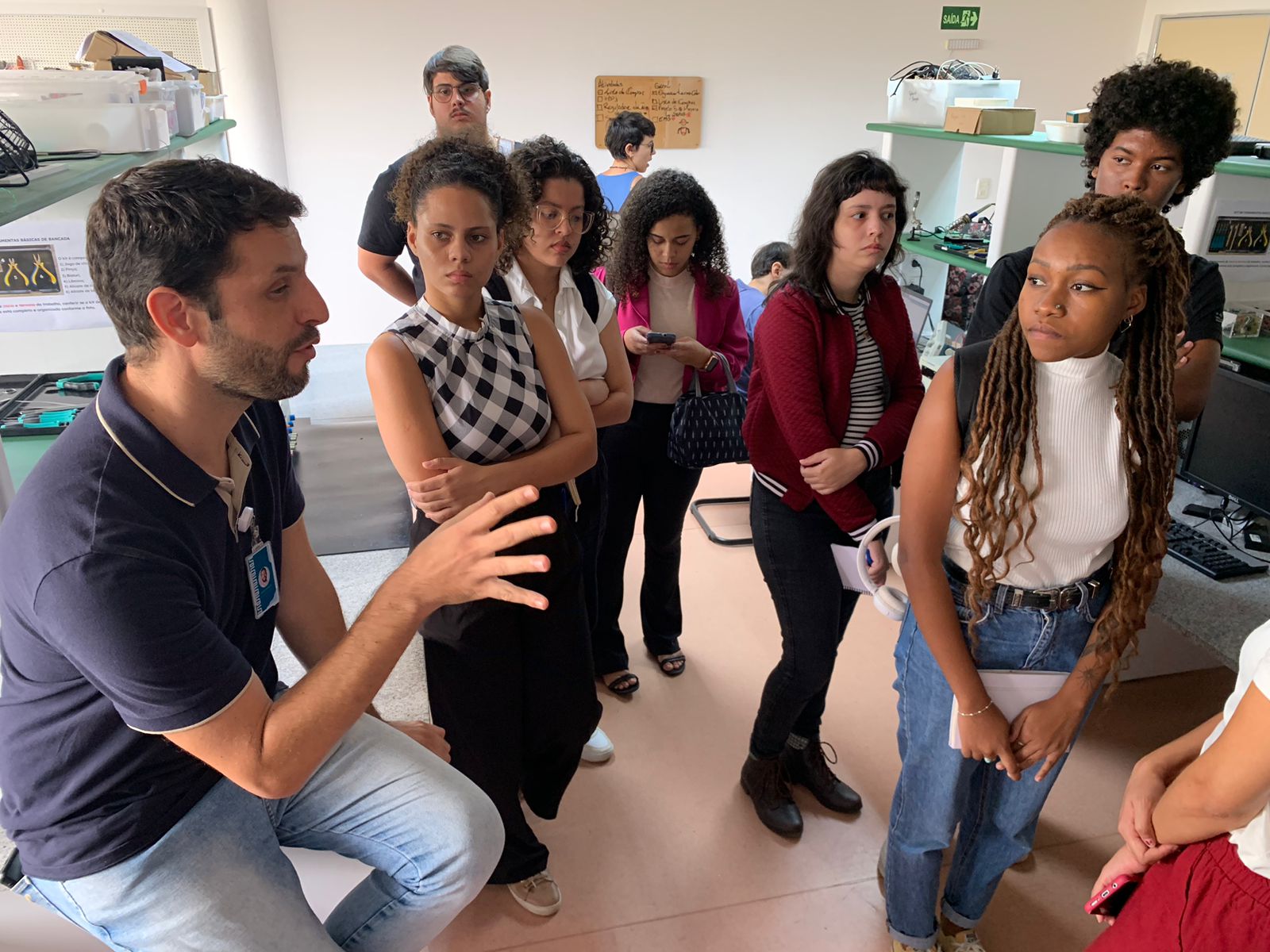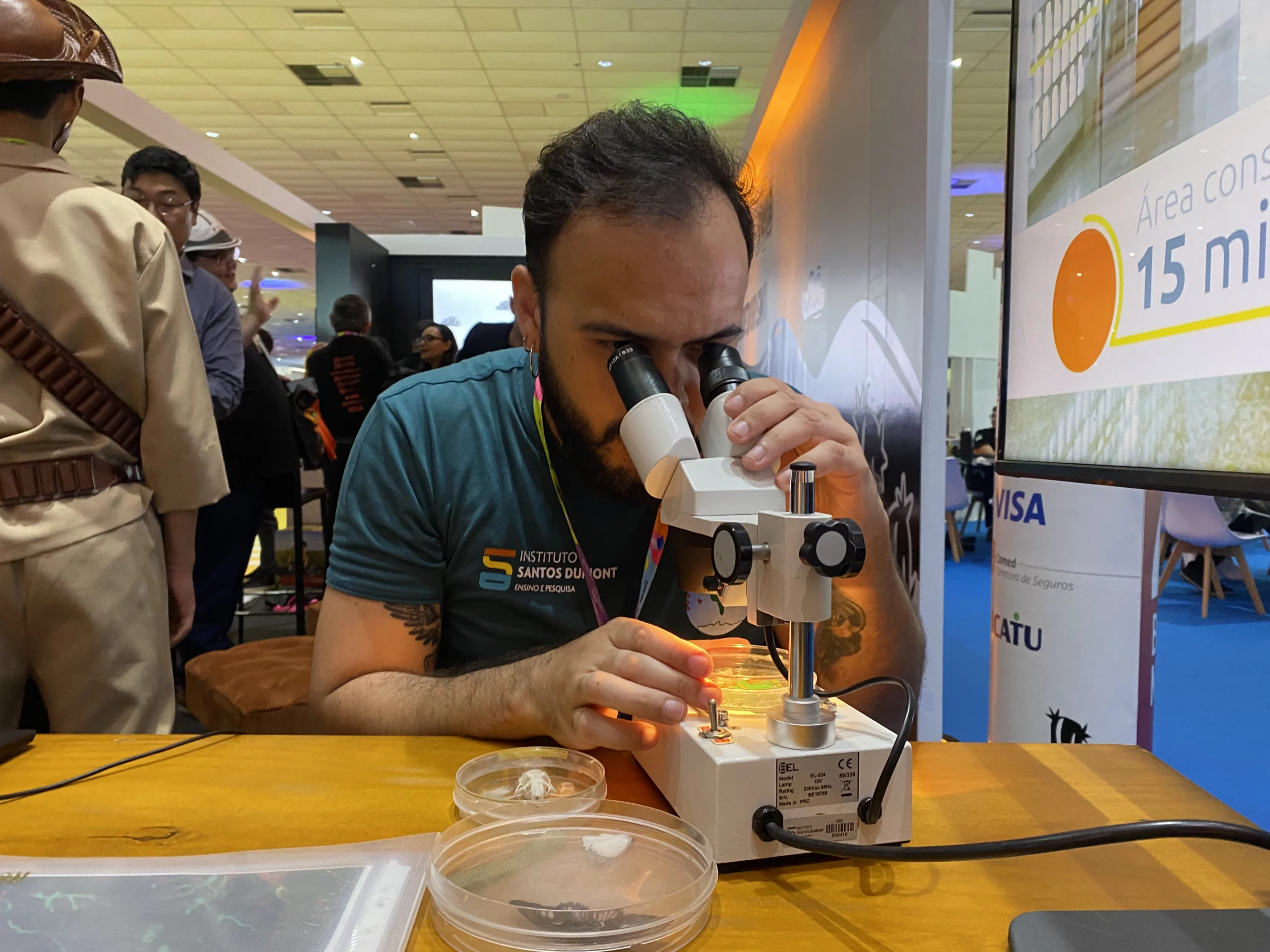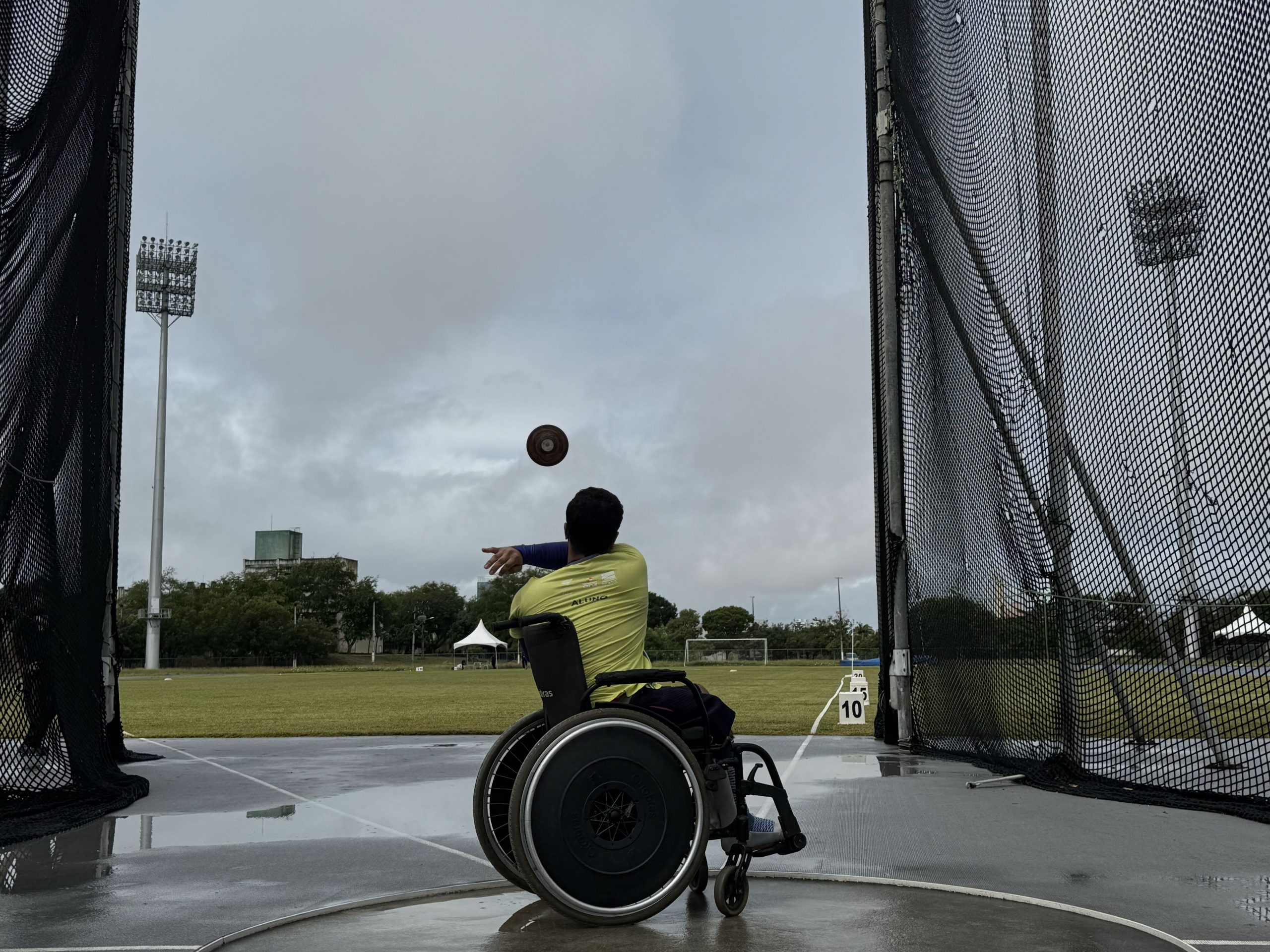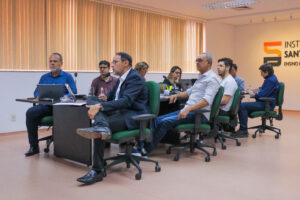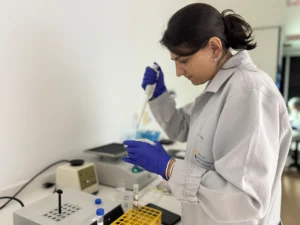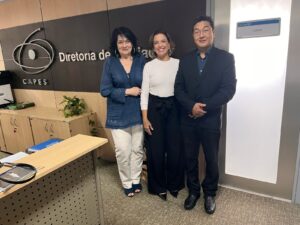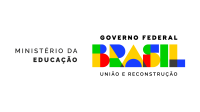One of the main agents in social inclusion and participation is the school environment. According to the school census by the National Institute of Educational Studies and Research Anísio Teixeira (INEP), the number of students diagnosed with autism in special education increased by 45% from 2021 to 2022, going from 294,394 to 429,521 enrolled students. On World Autism Awareness Day, established on April 2, health professionals, educators and family members reinforce the importance of fighting for more visibility to guarantee equal rights and opportunities for autistic people.
An important step towards consolidating rights and creating public policies comes from visibility. In 2022, the demographic census of the Brazilian Institute of Geography and Statistics (IBGE) started to map, for the first time, people with Autism Spectrum Disorder (ASD). The decision comes from Law No. 13,861, sanctioned in 2019, which made official the inclusion of data in the census on “the specificities inherent to autism spectrum disorder”. According to Agência Brasil, until 2019, there was no official data on people with ASD in Brazil.
With Law No. 12,764, created in 2012, which established the National Policy for the Protection of the Rights of People with Autism Spectrum Disorder, some of the central guidelines for assistance with the educational, accessibility and health needs of autistic people were established. The measures implemented by legislation contribute to the advancement of public policies aimed at this group, but they represent only a portion of the journey towards effective social inclusion.
For the speech therapist preceptor at the Santos Dumont Institute (ISD), Luana Aprígio, this inclusion process occurs in two ways. On the one hand, it is up to health professionals, educators and family members to promote the full development of autistic people, so that social participation is possible. On the other hand, it is also society's role to understand pluralities and adapt spaces and attitudes.
“The focus is to ensure that differences are not limiting, but that they are respected and there are adaptations that promote functionality. Enable autistic people to go places, talk to people, communicate, and so that society can see differences naturally”, he explains.
According to Luana, there are several strategies that can be used. The professional highlights reserved spaces in public places, such as airports and event venues, aimed at people who have sensory processing difficulties and feel overwhelmed by stimuli, who can use these spaces until they calm down. Measures such as preferential queues can also avoid this overload, enabling faster access to services.
These measures are not by chance. They aim to rethink the organization of common spaces in society, so that everyone is accessible. Aprígio explains that these strategies use the concept of universal design, present in the Brazilian Inclusion Law.
Universal design is defined by law as “design of products, environments, programs and services to be used by all people, without the need for adaptation or specific design, including assistive technology resources”. Just as ramps and elevators to replace stairs are examples of how universal design contemplates people with physical disabilities, there are also adaptations that include autistic people in different areas, such as the use of images that can facilitate communication, a strategy known as Supplementary Communication the alternative.
“The main point is to assume that people with disabilities can, not that they cannot. Focus not only on rehabilitating, but on promoting this development so that everyone achieves functionality and autonomy”, explains the speech therapist preceptor.
inclusive education
Speech therapist preceptor Luana Aprígio highlights that the school is one of the main environments in which there is contact with social participation, and is an environment conducive to stimulating the autonomy of autistic children, requiring the partnership of the family and health professionals, together to school professionals, in this educational process.
“At school, children with autism spectrum disorder will interact with their peers, with people of the same age, and they have autonomy in this place together with their classmates. It is at school that you learn to interact, play, eat, go to the bathroom, and take care of your own belongings. The idea is that this is promoted, that support is given, but already thinking about how to remove this support so that so that the individual can gain autonomy and be as functional as possible with minimal support.
The right to enrollment, equal opportunities, adaptation and the presence of a support teacher for people with disabilities is guaranteed in the Federal Constitution. Luana reinforces that, despite this legislative support, there is still a lack of preparation in schools. The professional explains that the ideal would be for the school team to have specific and continuous training, to ensure that this inclusion is actually effective.
“The ideal would be to have a support and planning team that includes professionals such as educational psychologists, school speech therapists, psychologists and occupational therapists. An association between education, health and rehabilitation professionals that carries out pedagogical and individual planning, curricular adaptation, and the implementation of assistive technology resources to meet needs. It is important to think about this from the perspective of universal design, in order to eliminate existing barriers in the school environment”, points out Luana Aprígio.
Text: Naomi Lamarck / Ascom – ISD
Photograph: Naomi Lamarck / Ascom – ISD
Communication Office
comunicacao@isd.org.br
(84) 99416-1880
Santos Dumont Institute (ISD)
It is a Social Organization linked to the Ministry of Education (MEC) and includes the Edmond and Lily Safra International Institute of Neurosciences and the Anita Garibaldi Health Education and Research Center, both in Macaíba. ISD's mission is to promote education for life, forming citizens through integrated teaching, research and extension actions, in addition to contributing to a fairer and more humane transformation of Brazilian social reality.





